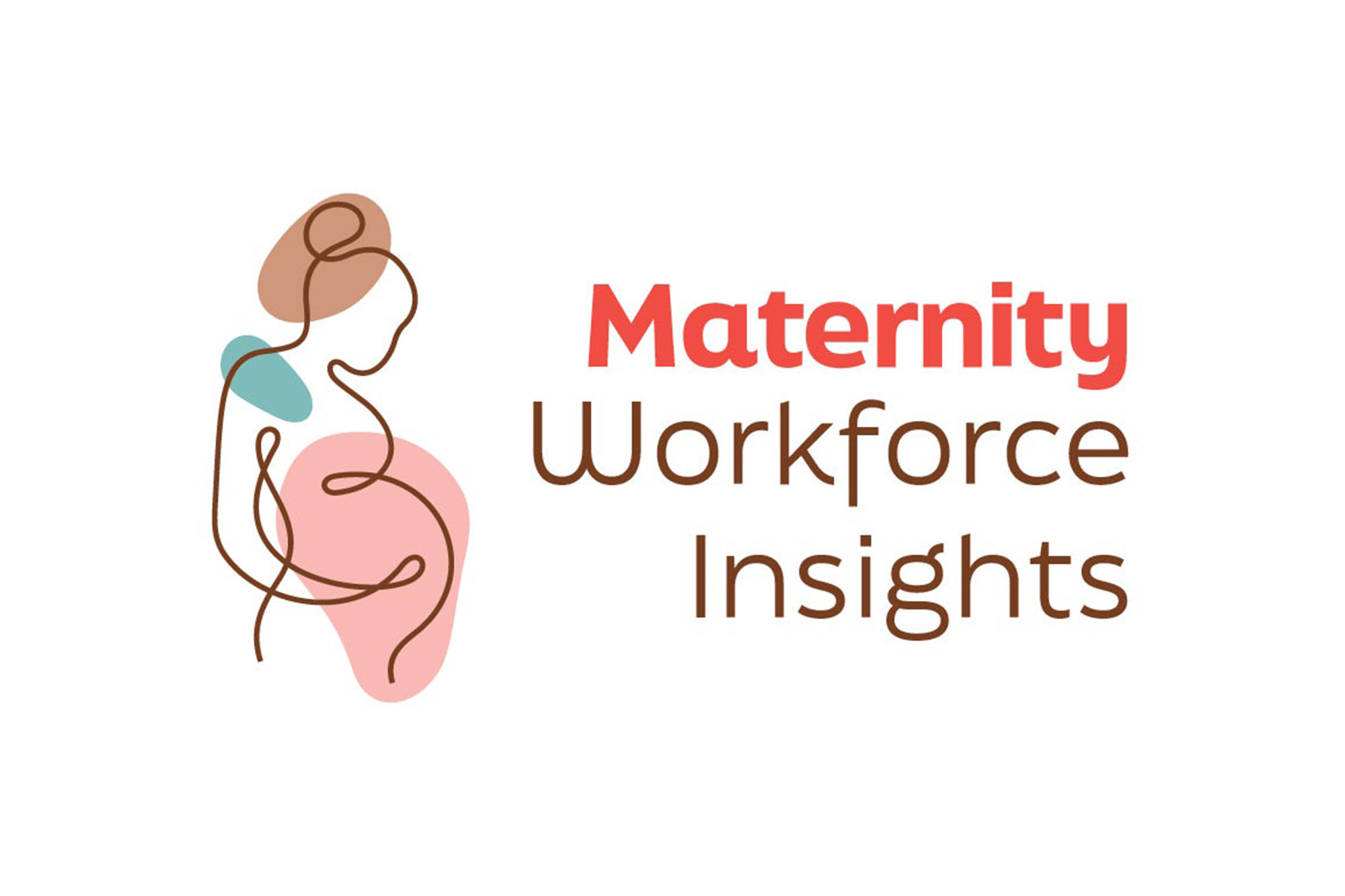|
Getting your Trinity Audio player ready…
|


When Kimberly Seals Allers became pregnant in 2000, she instinctively applied her journalism skills to researching pregnancy and childbirth statistics among Black women and birthing people. She was shocked to learn that education and income are not protective factors for Black families — and this remains true today. After her childbirth experience at a top-rated New York City hospital gave her a firsthand view of disrespect and discrimination inflicted on so many Black women and birthing people, Seals Allers pivoted from journalism to birth equity work. She has since become a leading voice pushing to shift the mainstream media narrative surrounding Black maternal health away from the theme of “doom and gloom.”
She is the founder and executive director of Narrative Nation, a nonprofit organization that creates media content and technology to address health disparities and share positive Black birthing stories. One of Narrative Nation’s projects is Irth, a Yelp-like app in which women and birthing people of color can rate and review ob/gyns, maternity hospitals, and pediatricians. On the back end, the reviews are anonymized and turned into robust patient experience insights and data. With CHCF support, Irth is piloting a statewide project on hospital quality improvement and patient safety data analysis to reduce racism and bias in Black maternity care and birth experiences.
Seals Allers also has been a pioneer in shifting the narrative about lactation support, especially in Black communities. I interviewed her about the unique perspective she brings to birth equity work, her advocacy for Black breastfeeding, and the importance of building a sustainable doula workforce for the long term. Our conversation has been edited for length and clarity.
Q: You are not a medical professional, but you are a major contributor to the birth equity movement. How does your background create opportunities and challenges for advancing this work?
A: I believe my contribution to this field that I love so much is bringing a different lens to the issue. I didn’t arrive at this work through a public health program or through medical school, both of which are their own forms of conditioning. I came to this work as a journalist by trade who was motivated by my own birth experience.
I had a wonderful career as a business journalist. I covered Wall Street, I worked at Fortune magazine, I worked at the New York Post. I did not think about birth equity at all until I became pregnant. Then I started researching my own situation and learned that Black women back then were twice as likely as White women to die and three times more likely to have a preterm low-birthweight baby. I was terrified by the statistics about Black women, and the explanation for why this was happening was unsatisfactory.
At that time, we were not having the conversations about equity and the impact of racism that we’re having now. When I started delving into those subjects, they inspired me to pivot from writing and producing news to supporting birthwork. My instinct was to write. My first book, The Mocha Manual to a Fabulous Pregnancy, explored Black pregnancy and childbirth through a sociocultural lens.
We need all types of people in birth equity work — not just the researchers, not just the data people. The beauty of having people in birth equity who are not from traditional maternal and child health backgrounds is that they can bring unique perspectives.
Q: Your experiences giving birth to two children inspired you to found Narrative Nation. How did you come up with that name, and what is your organization’s approach to shifting narratives?
A: I named it Narrative Nation because I believe that narratives drive everything. Back in 2018, I was talking about the danger of the doom and gloom narrative in Black maternal health. I wrote about it in Women’s eNews. And quite frankly, I took a lot of heat for that because people were saying, “No, Kimberly, we have to put out the grim statistics. How do we make them care? They’re not going to know.” And I said, “Well, at what cost, and to whom?”
There was a lot of focus on how do we get White people to care, which includes funders and policymakers. But nobody was thinking about the impact on the Black subjects of those narratives. It was important to me to shift the focus to our people and to say that the doom and gloom narrative is harmful.
We get a lot of questions from pregnant people asking things like, “Hey, should I write a will before I go into labor?” These things should not be on our minds at this time. When you’re afraid, your cervix might not dilate, so negative narratives can have a medical impact in addition to an emotional one.
It is important to recognize that there’s value in changing the storyline — that we can tell another story, and that Black women and birthing people must tell it themselves. That’s why I launched the Black Birth Joy Line (844-5-GETJOY), a toll-free phone line to hear stories of positive Black birth experiences. We are analyzing the story transcripts and creating an instructional tool for doctors and nurses to learn from these stories.
Q: Your 2017 book, The Big Letdown, took a deep look at the forces in health care and big business that converge to undermine breastfeeding. In California, Black birthing people have the lowest in-hospital breastfeeding initiation rates of all races/ethnicities. What are the greatest opportunities to promote Black breastfeeding today?
A: I’m one of the creators of Black Breastfeeding Week, so breastfeeding is incredibly important to me. I have really pushed for diversification of our lactation workforce. Increasing breastfeeding rates in our community won’t happen until we have more lactation consultants who reflect our communities. There’s a trust issue. “This is my breast. It’s a highly personal part of my body.”
So hospitals have to think about diversifying the lactation support they offer. Does their workforce reflect the community they serve? Everybody’s being asked this question across industries, and hospitals need to ask the question too.
That said, just because someone has the same skin tone as you does not mean they haven’t been affected by the cultural training that often happens in medicine. Hiring Black doctors and nurses is not a panacea. We have Black and brown birthing people leaving reviews in Irth that are not positive, and they have been against Black providers or nurses. The medical field has a deep culture that has impacted people in their practice. I just want to point that out because diversifying the workforce is an important place to start for a lot of people, but that should not be the end of our due diligence.
Q: Many doulas and other birthworkers are motivated to serve their communities even though the time demands are significant and wages are often insufficient. What practices do you support to sustain this workforce?
A: Everyone is excited about training doulas, but nobody gives much thought to sustaining them. There’s no support for doulas – they’re going into these oppressive health care environments, and mentoring opportunities are not very structured.
We most closely touch this issue through our Irth ambassador program, a perinatal workforce sustainability program. It’s an opportunity for doulas and other birthworkers to receive professional development support and access to a peer learning community in exchange for completing Irth reviews.
If we are saying that something is important for birth equity, we must think about sustaining that workforce beyond what has often been unacceptable reimbursement rates. That’s just step one. We should be talking about what the floor for paying doulas is – not what the ceiling is.
Birthworkers who participate in the Irth ambassador program are paid, and every ambassador has access to a licensed therapist in their city who does bi-monthly group sessions. Ambassadors can also book individual hours with the therapists. The mental health of birthworkers is deeply concerning to me. When I listened to some of the stories of doulas, I’m like, “I don’t know how y’all go back to work.”
Q: What policy or practice changes would improve maternal and infant health outcomes for Black families?
A: My short-term goal is to drive more accountability and transparency to help health care systems do better by Black and Brown women and birthing people. That is why we are trying to increase the number of reviews posted in Irth. Our pilot programs with systems such as Cedars-Sinai [in Los Angeles] and Temple University Hospital [in Philadelphia] involve getting patient reviews, which we then analyze to identify opportunities for improvement.
Within the next five years, I want Irth to be the public accountability mechanism driven by Black and Brown birthing people that health care systems pay attention to. In the long term, we are pushing for system transformation.
Authors & Contributors

Amber Bolden
Amber Bolden, MPP, is a freelance communications consultant and member of the Los Angeles Chapter of the National Association of Black Journalists. She works as a consultant facilitator for the Village Fund, the community grantmaking program for the African American Infant and Maternal Mortality (AAIMM) prevention initiative. She has worked on several community development initiatives and served as a founding member of the Sankofa Birthworkers Collective in the Inland Empire.
Amber is a board member of Tru Evolution, a direct service health equity nonprofit organization that prioritizes the LGBTQ+ community by providing HIV, health, housing and community services.




